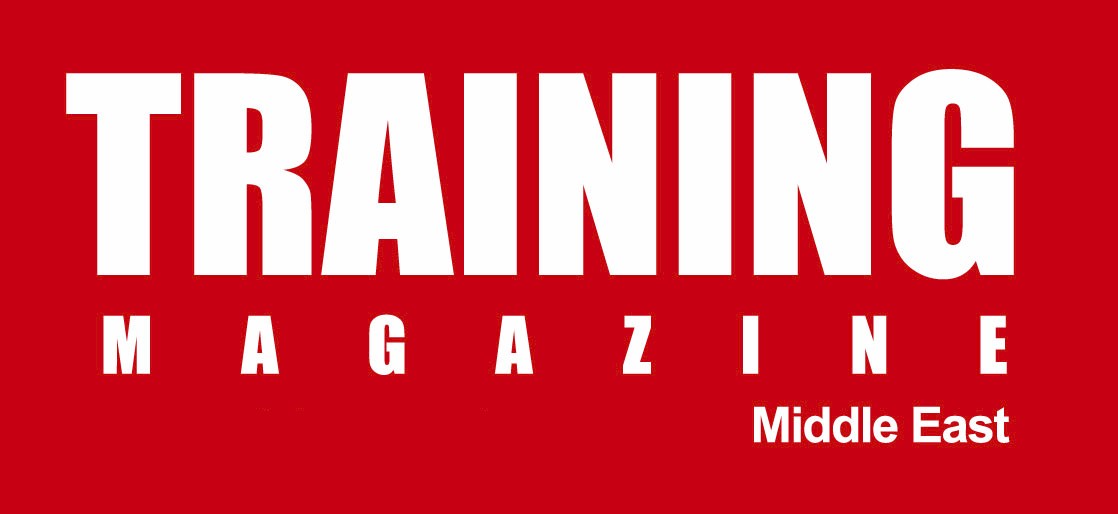Its back! And rightfully so…What is organizational culture? Exactly. Culture can be tough to define as it reveals itself in various ways in each organization. But, generally speaking, organizational culture is the way that employees behave with one another, from the CEO to the front facing team members.
Think about when you first arrive at a new organization. There are often two types of introductions: an official corporate Induction and the tips that your new colleagues will give you. These are both necessary for understanding how to make advancement (and survive) within the organization. Yet, they rarely align. Red flag 1!
With recent choppy air hanging around, paradigm shifts have taken place, in many ways for sure. To be able to positively touch your organization’s culture in the learning space, firstly, you need to understand what, exactly is that culture is now. (And indeed, where strategically we want it to go – if at all)
You will find culture in employee interactions, communications, attitudes, and more. The generic terterm ‘culture’ is manufactured by the small tones affected by insights of the unofficial ‘dos and don’ts’. Every organization has a culture, and it’s never just static. It’s dynamic and can evolve in small ways over long periods of time, or quickly with big changes such as bringing in new employees or reorganization. Mostly, don’t forget, if we say something enough , it becomes true! These are the deep pockets that need a fresh light….regularly. That’s where the L&D super hero’s step up!
Worryingly, culture doesn’t always stay within an organization. It can also impact how the public views your business. If your organization puts its values at the core of its culture, it can be a positive thing and attract great employees and business opportunities. But a negative workplace culture can damage an organization’s reputation. Like a slowly dissolving acid.
Who recalls using the ‘Cultural Web’ in training sessions? A fabulously useful model developed by Gerry Johnson and Kevan Scholes in 1992. (A good google search enlightens with ease)
The cultural web is a model, the purpose of which is to show the relations between the taken for granted assumptions, behaviors, structures, and symbols that characterize organizational culture. It has been used widely by managers, consultants, and academics as a means of understanding and explicating organizational culture across the years, myself included.
It really breaks down the minutiae and smashes ‘ assumptions’ away.
Elements of the Cultural Web Model:
The Cultural Web identifies six interrelated elements that help to make up what Johnson and Scholes call the “paradigm” – the pattern or model – of the work environment. By analyzing the factors in each, you can begin to see the bigger picture of your culture: what is working, what isn’t working, and what needs to be changed. The six elements are:
Stories – The past events and people talked about inside and outside the company. Who and what the company chooses to eternalize and says shows a great deal about what it values, and what it perceives as great behaviors.
Rituals and Routines – The daily behavior and actions of people that signal acceptable behavior. This determines what is expected to happen in given situations, and what is valued by management.
Symbols – The visual representations of the company including logos, how plush the offices are, and the formal or informal dress codes.
Organizational Structure – This includes both the structure defined by the organizational chart, and the unwritten lines of power and influence that indicate whose contributions are most valued.
Control Systems – The ways that the organization is controlled. These include financial systems, quality systems, and rewards (including the way they are measured and distributed within the organization).
Power Structures – The pockets of real power in the company. This may involve one or two key senior executives, a whole group of executives, or even a department. The key is that these people have the greatest amount of influence on decisions, operations, and strategic direction.
It’s a marvelous group activity, I send them off in mixed teams to look, watch, listen… from the car parking status, the symbols in reception , to the vibe in the staff areas….fill in the model and we would return , re-group and have great insights… then discuss and reset our own ideal model.
Along the way the little hiccups that occur around routines, stories and rituals start to dissolve…. L&D should take every opportunity to reinforce culture and drive messages within their organization. This includes incorporating culture elements into your learning activities. Whether learning is conducted face to face, in workshops online or is synchronous or asynchronous, L&D should find ways to include culture messaging in every employee interaction.
Training courses are a safe space for discussion and feedback, and these employee insights are the most valuable way to understand the tones of your company’s culture. This is a window of opportunity to find out what’s working in a company’s culture, what isn’t, and how they think you can improve. These ideas may well already be present within your culture, but their messages aren’t getting to the right people.
Using this relationship, L&D can be instrumental in transforming negative experiences into reagents for change and focus on improving employees’ perception of the organization.
What we do to change it once discovered? That’s another topic… soon.

